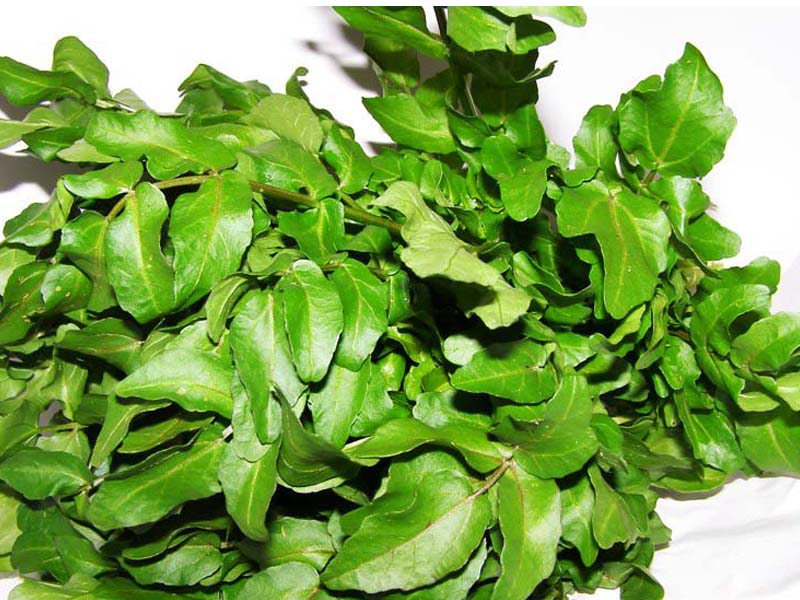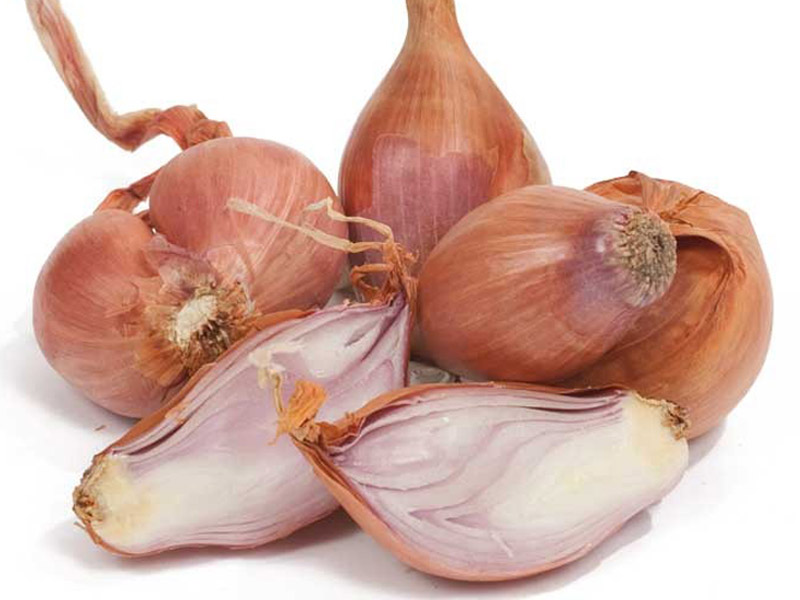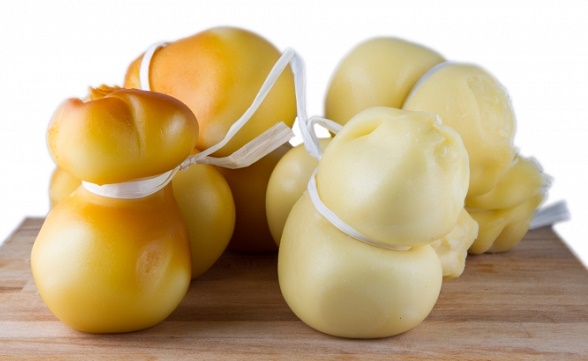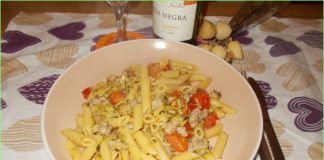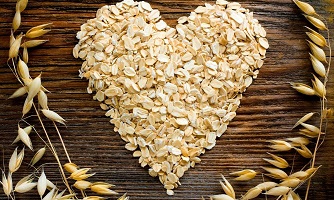
History and description of the plant
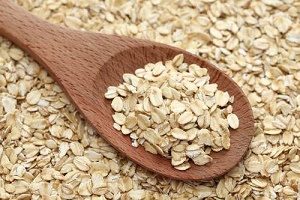
The best known species of oats, is the common oats or sativa, and is part of the Poaceae family.
Oats is presented with its typical herbaceous stem like all grasses, which takes its name culm, very thin in consistency and empty inside.
The leaves that characterize this plant, are very thin and elongated with parallel veins that wrap sheath around the culm enough to cover for node to node.
The oat flowers are grouped into two or three inflorescences, weary and harringbone where they develop dry and indehiscent fruits, very starchy.
The caryopses, are enveloped by glumette that wrap between them in very thin awns characteristics.
Cultivation
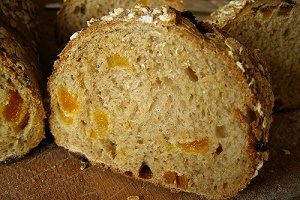
The varieties most used in agriculture, were cut 5,000 years ago, from some wild species, thanks to European and southern farmers.
The oat crop is usually done in early spring, where you begin to sow in the shoots and then reap the fruits in late summer.
Some regions of North America or Europe, sowing may also be in the fall.
The most widespread species of oats on the market, is the Avena Sativa, while Avena Fatua, is regarded as a infesting plant, even difficult to eliminate that grows and develops in Europe, North America and Asia.
When the time of the harvest of oats, grains are present in the kernels (fruit), very digestible, wrapped in a peel from hard consistency in this case, indigestible.
Unlike other grains, whole oats making a food with a high protein content up to 12%, while the fats are present only for the 7%. The fibers containing therein ranging from 12 to 14%, while carbohydrates have a much higher percentage that can reach 65%.
Oats in addition to containing the elements mentioned above, it is also rich in minerals, especially calcium so, magnesium, silicon, potassium and iron, and thanks to these very important elements for our body, oats is considered an excellent remineralizinting, very useful for people who have a low supply of minerals.
The varieties of oats grown today, compared to those that were used some time ago, have higher yields and are more rich in protein and energetic substances.
These plants present today, are very resistant to weathering, rust, and the attack of viruses and insects.
Healthy features
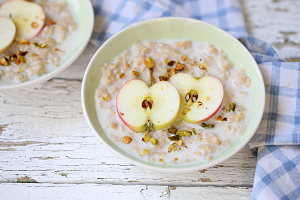
Oats can be eaten in the form of cereal in the morning accompanied by consuming fresh milk, and this is an excellent source of protein, vitamin B1 and thiamine.
Even Pliny the Elder described the oats as an excellent tonic, and being a whole grain, it is very recommended for lactating mothers and for those who face the convalescence.
Oats are also useful for the thyroid, because it regulates its operation, but also for strengthening of bones and tendons, in fact, this substance was administered to the horses to give a greater development of the muscles.
You can incorporate in your diet even in people with sleep disorders or insomnia, and its true, depression and lack of appetite or eating disorders.
Oats contains two alkaloids: the gramine, (indole compound that acts at GABA) gamma-aminobutyric acid, and the avenalumina that appears to act in a positive way on the metabolism of “catecholamines”.
Thanks to some steroid compounds found in it, is able to regulate cholesterol levels (blood fats), named after avenacine and avenacosidi A and B. A high and excessive use for a long time, can give origin to sudden headache localized in the neck, for the high content of vitamin B2.
Oats and economic value
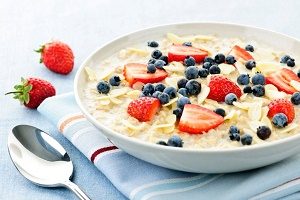
The harvest of oat grains, is intended largely for human and animal nutrition. Green plantations are often made in hay, and then in the silos containers to be used as fodder, while the dried plants are used as bedding for livestock.
Oats are a cereal increasingly present in farms that raise cattle and have land that must be plowed. Thanks to its high content of antioxidants, this product does not allow to go rancid fatty foods, in fact, thanks to this property, it is used as an additive in the field of gastronomy for different foods and in the production of paper material with which to wrap foods such as paperboard for food use.
Through the transformation by means of industrial products, you are obtained furfural, a chemical that is derived from the integument of the caryopsis of Avena, which is then used as a solvent for industrial refining processes. Among the many applications, the Avena is also used in distilleries to produce Whiskey. The oats used as whole grain, is a great food to be consumed in the morning.

